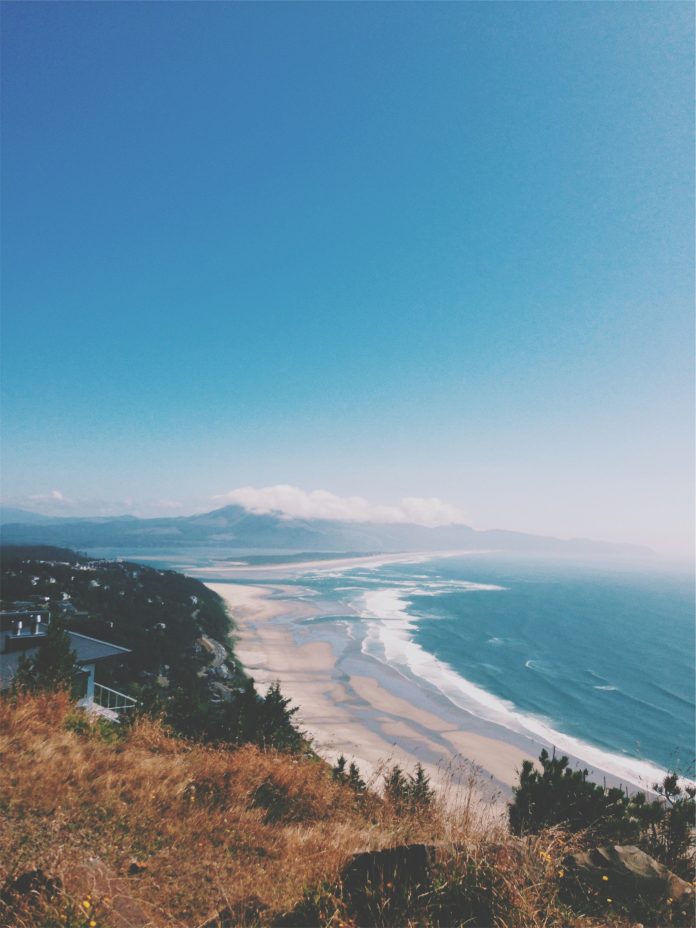PIL.Image.composite() method creates composite image by blending images using a transparency mask. Here, mask is another image which remains transparent when composite together.
Syntax: PIL.Image.composite(image1, image2, mask)
Parameters:
image1 – The first image.
image2 – The second image. Must have the same mode and size as the first image.
mask – A mask image. This image can have mode “1”, “L”, or “RGBA”, and must have the same size as the other two images.
# Importing Image module from PIL package from PIL import Image # creating a image1 object and converting it to mode 'L' im1 = Image.open(r"C:\Users\sadow984\Desktop\c2.PNG").convert('L') im1.show() |
Showing image1:
# Importing Image module from PIL package from PIL import Image # creating a image1 object and converting it to mode 'L' im2 = Image.open(r"C:\Users\sadow984\Desktop\i2.PNG").convert('L') im2.show() |
Showing image2:
# Importing Image module from PIL package from PIL import Image # creating a image1 object and converting it to mode 'L' mask = Image.open(r"C:\Users\sadow984\Desktop\i3.PNG").convert('L') mask.show() |
Showing mask image:
# Importing Image module from PIL package from PIL import Image # creating a image1 object and converting it to mode 'L' im1 = Image.open(r"C:\Users\sadow984\Desktop\c2.PNG").convert('L') # creating a image2 object and converting it to mode 'L' im2 = Image.open(r"C:\Users\sadow984\Desktop\i2.PNG").convert('L') # creating a mask image object and converting it to mode 'L' mask = Image.open(r"C:\Users\sadow984\Desktop\i3.PNG").convert('L') # compositing all the three images im3 = Image.composite(im1, im2, mask) # to show specified image im3.show() |
Output: [the composite image]








